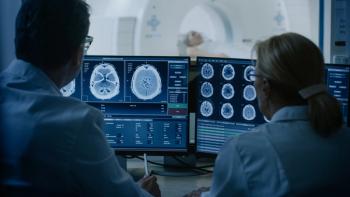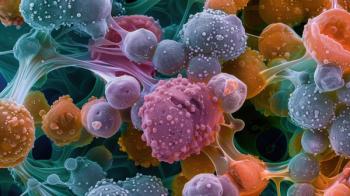
|Articles|November 22, 2021
Pharmacy Clinical Pearl of the Day: Endocarditis
Author(s)Saro Arakelians, PharmD
Bacteria, fungi, and other germs that cause endocarditis may enter the bloodstream through improper dental care, catheters, and IV drug use.
Advertisement
Clinical Pearl of the Day: Endocarditis
Endocarditis is a life-threatening inflammation of the inner lining of the heart's chambers and valves (endocardium).
Insight:
- Endocarditis is usually caused by an infection.
- Bacteria, fungi, or other germs from another part of the body, such as the mouth, spread through the bloodstream and attach to damaged areas in the heart.
- If it's not treated quickly, endocarditis can damage or destroy the heart valve.
- Symptoms may include aching joints and muscles, chest pain when breathing, fatigue, flu-like symptoms such as fever and chills, night sweats, shortness of breath, and swelling in the feet, legs, or abdomen.
- Bacteria, fungi, and other germs that cause endocarditis may enter the bloodstream through improper dental care, catheters, and illicit intravenous (IV) drug use.
- Risk factors may include older age, artificial heart valves, damaged heart valves, congenital heart valves, implanted heart device, a history of endocarditis, history of drug use, poor dental health, and long-term catheter use.
- Diagnosis may include blood culture, complete blood count, echocardiogram, chest x-ray, and CT.
- Treatment may include high doses of IV antibiotics, antifungals, and possible surgery.
Sources:
Newsletter
Stay informed on drug updates, treatment guidelines, and pharmacy practice trends—subscribe to Pharmacy Times for weekly clinical insights.
Advertisement
Latest CME
Advertisement
Advertisement
Trending on Pharmacy Times
1
Pharmacist Spotlight: Kelly Gable, PharmD, BCPP, FAAPP
2
FDA Approves Targeted Combination Therapy for BRCA2-Mutated Prostate Cancer
3
Ribociclib Plus Fulvestrant Shows Strong PFS and OS Benefits in Patients With Invasive Lobular Carcinoma
4
FDA Approves First At-Home Treatment Device for Depression
5




















































































































































































































